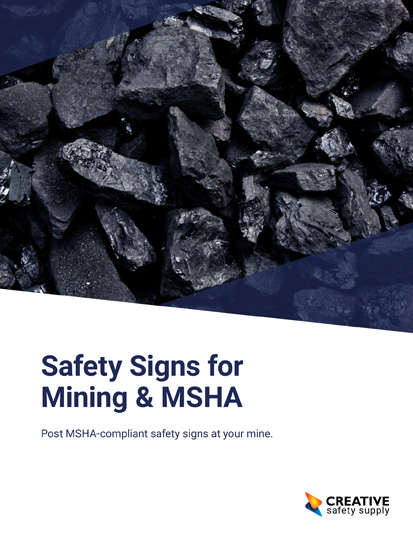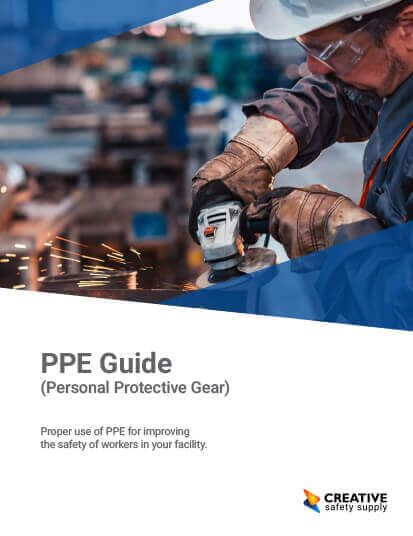
As much as the mining industry is critical in providing resources all across the world, it comes with serious safety risks that can have a significant impact on worker safety if not addressed. By pulling together a range of incidents and successes from the global mining industry, we discuss the key learnings which can be used to drive future practices.
Utilizing modern innovations
The history of mining has seen a range of both incidents and breakthroughs which have collectively steered innovation. An example of this is the Chilean mine rescue which occurred in 2010 when the mine collapsed, trapping 33 miners in the cave for 69 days. In order to free the workers, rescue efforts saw a range of monitoring systems, rescue efforts, and new technologies from various regions come together to help.
Another example of innovation in the industry is the ultra-deep Kloof Mine in South Africa which has produced over 150,000oz of gold to date. Reaching depths of over 3,000m below the ground, modern-day safety practices are an absolute necessity and their proactivity towards risk assessments and safety culture have proven successful, reducing accident rates through continuous improvement measures.
Global collaboration
The International Council on Mining and Metals (ICMM) works alongside major mining companies to improve industry practices, combining the expertise of some of the world’s best members. By sharing their knowledge and collectively working on new safety initiatives, global collaboration is encouraged which allows individual companies to adopt new practices.
A lot of the new innovations have been created following accidents, urging the industry to make changes that can improve mining safety across the world. Some of the most recent additions to the industry include air quality monitors which utilize sensors, equipment to help establish ground stability, and real-time data which enables operators to respond quickly to any potential risks.
Responding to incidents
As tragic as past incidents may have been, key takeaways have been established to avoid the same happening in the future. For example, the Upper Big Branch mine explosion in 2010 had a lasting impact on the industry, prompting investigations and changes in regulation which improved safety measures. Regulatory bodies were encouraged to provide more guidance and training to mining companies, putting new processes in place to prevent future accidents from occuring. Some key changes implemented were the way gas monitoring systems were used, the use of ventilation systems, and emergency procedures which are to be carried out in the event of an incident.
Preparing for the worst
Following learnings from events across the industry, mining safety is now primarily focused on preventive measures that work to avoid incidents instead of dealing with them as and when they arise. Mining companies are now starting to understand that vigilance, continuous training, and adopting modern practices is the key to success, keeping their workers safe as well as maximizing their output.
In 2010, the Pike River Mine disaster in New Zealand resulted in 29 deaths following a methane explosion in the coal mine. The country's prime minister apologized in person to the families of the deceased, blaming the poor regulations and inadequate inspection processes which could be attributed to the accident. The incident prompted a reevaluation of safety regulations not only in New Zealand, but across the entire industry following the shock of the incident.


